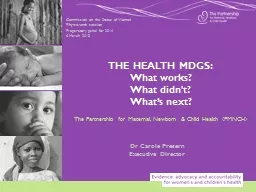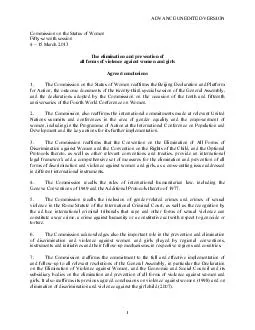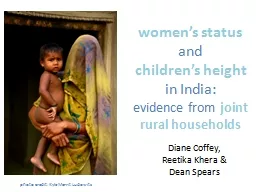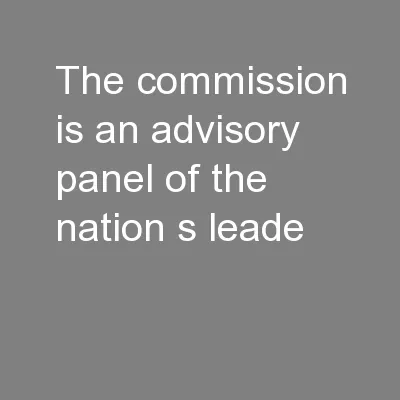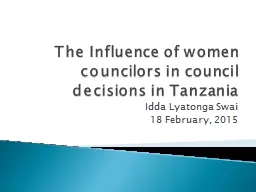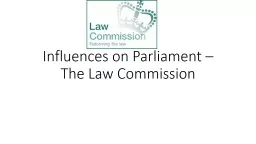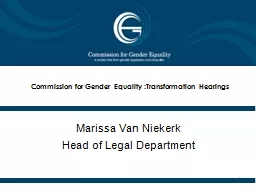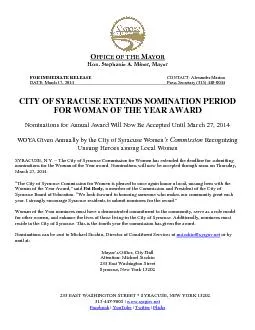PPT-Commission on the Status of Women
Author : myesha-ticknor | Published Date : 2017-05-16
Fiftyseventh session Preparatory panel for 2014 6 March 2013 Dr Carole Presern Executive Director THE HEALTH MDGS What works What didnt Whats next The Partnership
Presentation Embed Code
Download Presentation
Download Presentation The PPT/PDF document "Commission on the Status of Women" is the property of its rightful owner. Permission is granted to download and print the materials on this website for personal, non-commercial use only, and to display it on your personal computer provided you do not modify the materials and that you retain all copyright notices contained in the materials. By downloading content from our website, you accept the terms of this agreement.
Commission on the Status of Women: Transcript
Download Rules Of Document
"Commission on the Status of Women"The content belongs to its owner. You may download and print it for personal use, without modification, and keep all copyright notices. By downloading, you agree to these terms.
Related Documents

